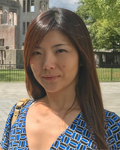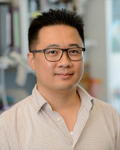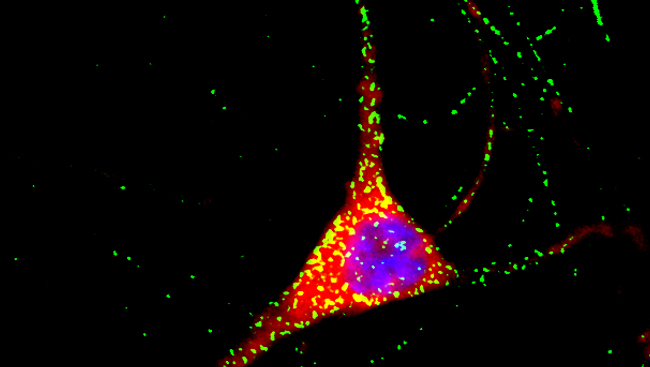Module 3: Generating Glial and Mixed Cultures
Learn how to produce and characterize three major glial cell types in the brain - oligodendrocytes, astrocytes, and microglia – and how to assemble co-cultures.
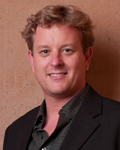 Mathew Blurton-Jones, PhD University of California, Irvine |
 Hiroko Nobuta, PhD Albert Einstein College of Medicine |
 Jason Tchieu, PhD Memorial Sloan Kettering Cancer Center |
After reviewing Module 3, participants at all career stages should be able to:
- Outline basic methods that can be used to differentiate iPS cells into microglia and to validate the resulting phenotype.
- Identify assays that can be used to study the function of microglia in vitro and the potential use of chimeric transplantation models to study human microglia function in vivo.
- Describe growth factor-mediated human oligodendrocyte generation from iPS cells.
- Explain how to troubleshoot common experimental challenges.
- Explain the logic of directed differentiation of astrocytes from human pluripotent stem cells (hPSC’s).
- Describe some uses of astrocytes for modeling neuron/glia interactions in mixed cultures.
-
 Module 3A: Generation and Use of iPS-Derived Microglia
Module 3A: Generation and Use of iPS-Derived MicrogliaIn this presentation, Mathew Blurton-Jones will:
- Introduce methods to differentiate pluripotent stem cells into microglia.
- Describe approaches that can be used to validate the resulting cells.
- Describe in vitro assays that can be used to examine microglial function.
- Identify potential caveats with in vitro microglial culture.
- Explain development and use of new chimeric mouse models to study human microglial function in vivo.
-
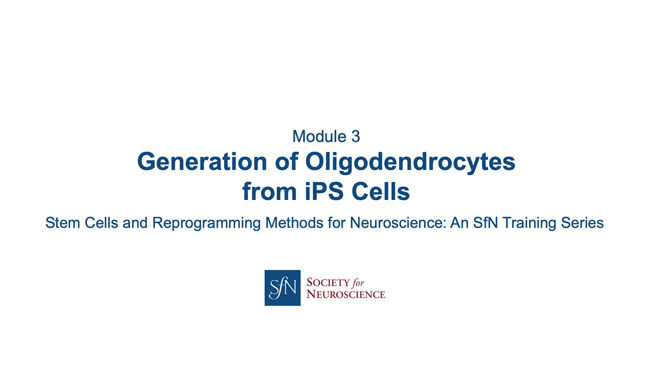 Module 3B: Generation of Oligodendrocytes from iPS Cells
Module 3B: Generation of Oligodendrocytes from iPS CellsIn this presentation, Hiroko Nobuta will introduce various methods for generating oligodendrocytes from iPS cells. Specifically, Nobuta will:
- Describe various methods of generating mouse and human oligodendrocytes and their pros and cons.
- Introduce the detailed procedure of the growth factor-mediated human oligodendrocyte generation from iPS cells.
- Provide troubleshooting tips for common problems in the growth factor-mediated human oligodendrocyte generation and functional assays.
-
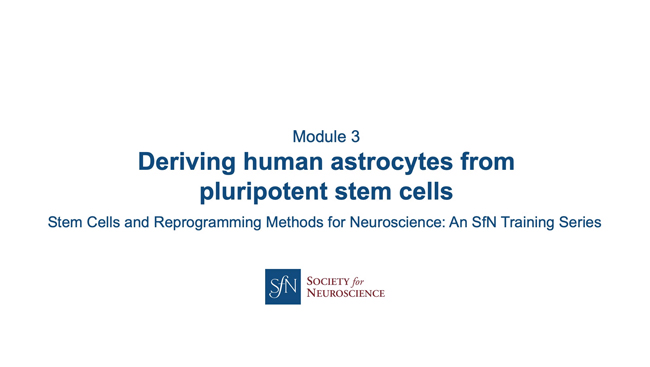 Module 3C: Deriving Human Astrocytes from Pluripotent Stem Cells
Module 3C: Deriving Human Astrocytes from Pluripotent Stem CellsIn this presentation, Jason Tchieu will:
- Explain why human astrocytes are important.
- Provide general methods to differentiate astrocytes from PSCs, including transcription factor mediated systems.
- Describe how to stage and troubleshoot the differentiation(s).
- Introduce functional and molecular characterization.
- Introduce co-culture analysis.


